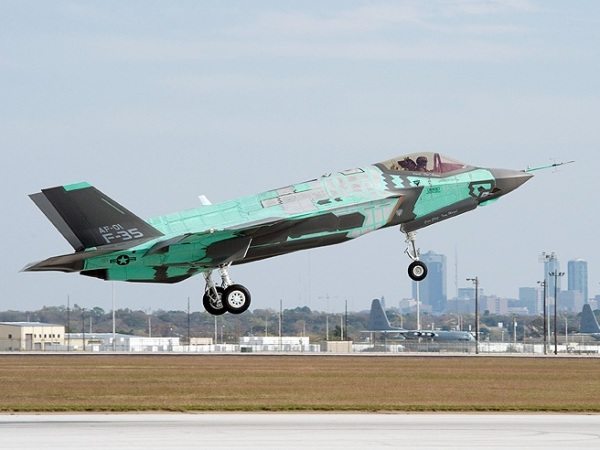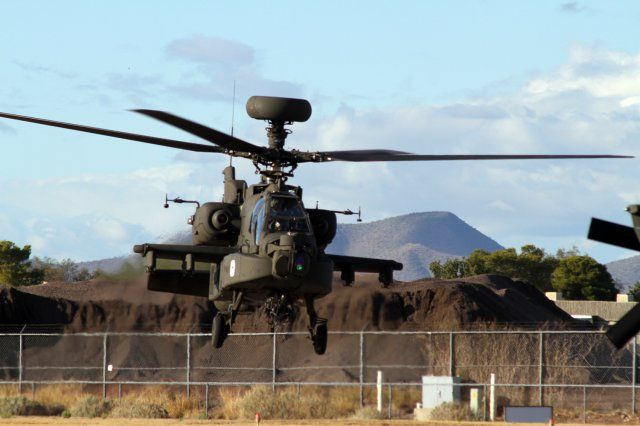The F-35 Joint Strike Fighter will be the new multirole fast jet for the Royal Navy and Royal Air Force. It will serve as the strike capability for the new Queen Elizabeth Aircraft Carrier and will partner the Typhoon to form the future fast jet fleet for the RAF. It is a multinational acquisition programme led by the United States in partnership with eight other nations, including the UK.
There are three variants of the F-35:
- F-35A Conventional Takeoff and Landing (CTOL)
- F-35B Short Takeoff/Vertical Landing (STOVL)
- F-35C Carrier Variant (CV)
The UK selected the Joint Strike Fighter (JSF) in 2001 to fulfil the requirements of its Joint Combat Aircraft programme. The following year it decided on the F-35B STOVL variant.
However the Coalition Government switched to the F-35C carrier variant in the 2010 Strategic Defence and Security Review. The Government argues the carrier variant is more capable, has a longer range and higher payload and will be cheaper overall than the F-35B. The decision has been criticised for the potential cost implications of adapting the Carrier flight deck and for delaying the Carrier in-service date from 2016 to 2020.
The Government is currently reviewing the JSF and there are suggestions it may switch back to the STOVL variant. The Government is expected to make an announcement after Easter 2012. The Government says no decision on numbers of aircraft will be made until the next Strategic Defence and Security Review.
The F-35 Joint Strike Fighter is currently in development. The aircraft has had several problems in development. Orders are being affected by cutbacks in defence budgets by its partner countries. The US recently announced a slowdown in its procurement rate and Italy has cut its order by 41 aircraft because of budget pressures.
[Download not found]










